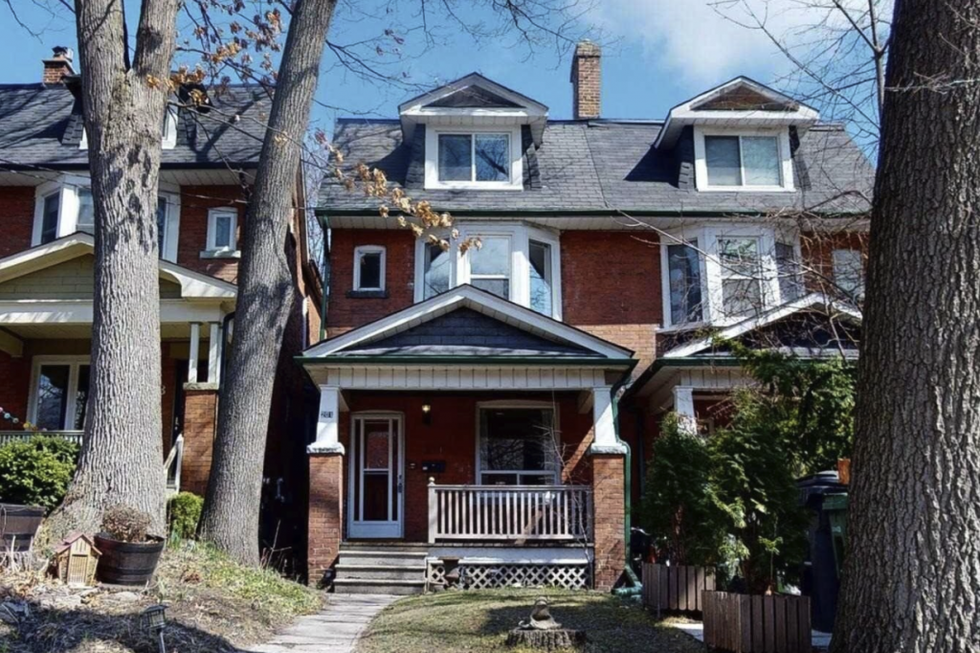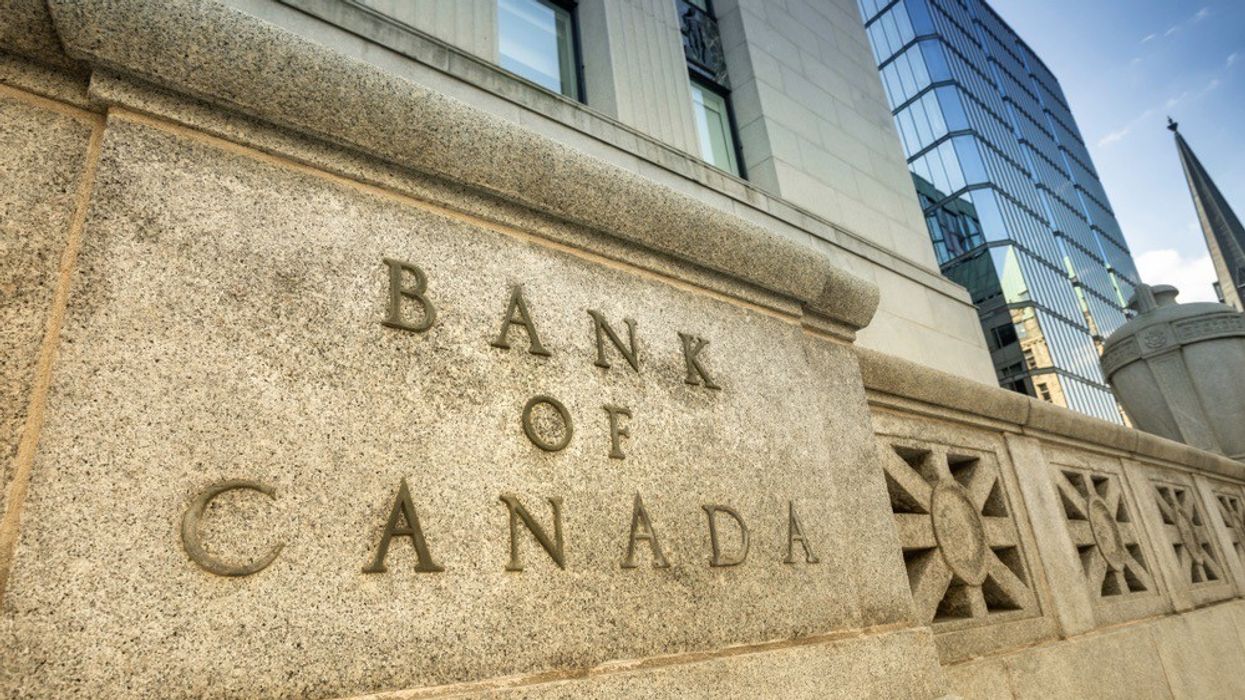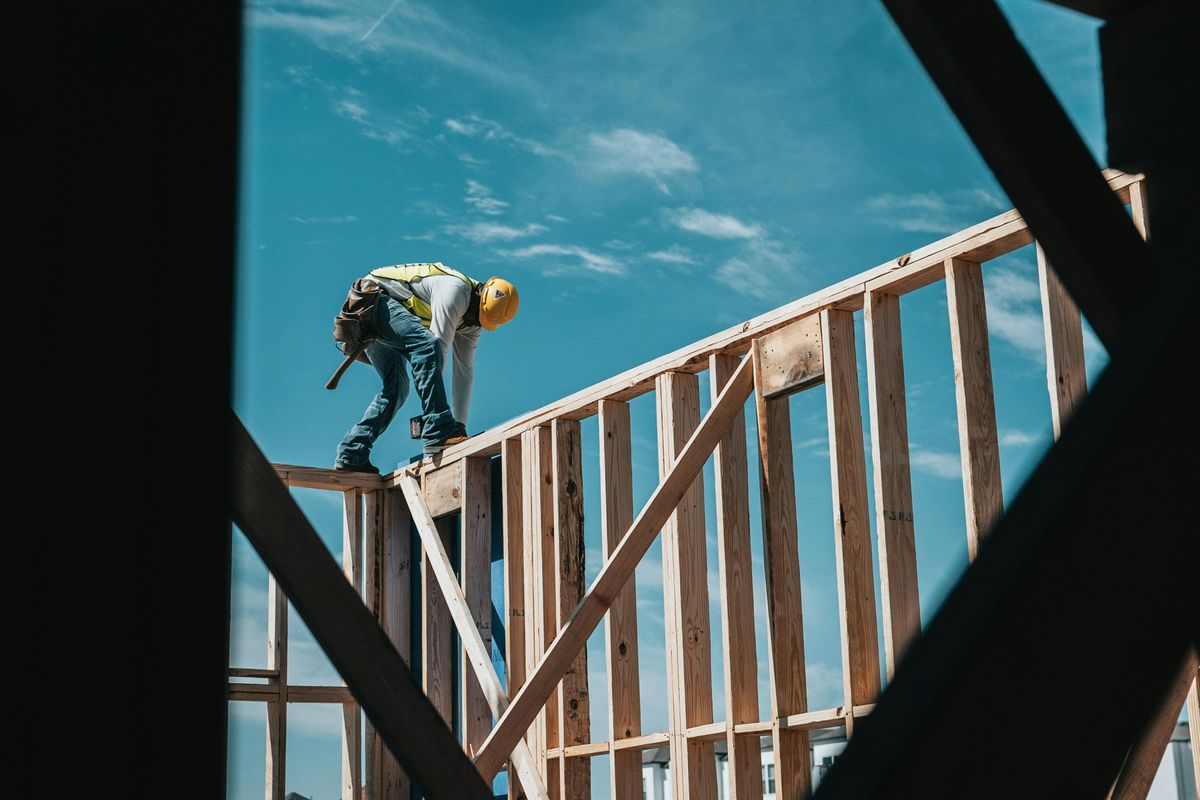There’s a lot you need to know when navigating the world of mortgages. And, if you’re not careful, it’s quite easy to get tripped up in the lingo, the procedures, and the payments. (Not to mention the penalties.)
Which is why we’ve recruited Jerome Trail, owner and broker of record at The Mortgage Trail, to answer the most important questions homebuyers and homeowners should understand before moving forward in their mortgage process.
What is the Stress Test?
Today, Trail is offering the answer to the inquiry: "What the heck is a stress test?" while providing useful context about where the practice came from, and how it's used.
READ: Can You be Denied a Mortgage After Being Pre-Approved?
In short, the stress test aims to ensure homeowners can afford their mortgage payments if interest rates rise in the future.
"This is a hypothetical situation that the government, and regulators, have imposed upon Lenders, which forces them to qualify their prospective Borrowers with a much higher interest rate in the event that interest rates rise, as compared to current levels," explains Trail.
"Today's stress test forces an applicant to income-qualify at the current rate, plus 2%. Why are they doing this? They anticipate that rates will rise, and they want to make sure that people can still qualify -- after the rates go up -- to pay their mortgage."
The mortgage stress tests, put in place by the Office of the Superintendent of Financial Institutions, took hold at the beginning of 2018.
Stress Test Criticism
Since its introduction, the stress test has been criticized for being too high, and for being based only on the posted rates of big banks, as opposed to the actual mortgage rates that are offered by a variety of lenders.

“Don’t get me wrong, having a stress test is a good idea,” Trail told STOREYS around this time last year, when the federal government pushed back the start-date on previously-announced changes to the stress test.
“We definitely want people to be qualified. But the current benchmark doesn’t make sense.”
Trail believes, instead, the stress test should be in line with what's actually taking place within the industry.
READ: How Can I Negotiate a Better Interest Rate Than the Bank’s Offer?
“You can get five-year fixed rates under 3% and 10-year fixed rates under 4% [compared to the posted five-year conventional mortgage rate offered by big banks which, last May, was 5.04%]. Again, a stress test is important, but why can’t it be a five-year fixed rate plus one per cent, or why isn’t the 10-year fixed simply the test? Ten years seems like a good indication of the confidence the professional economists have in their lending.”

Summing Up All This Stress
Upon analysis, it seems the stress test could be fine-tuned in order to capture more realistic future possibilities, for lenders and borrowers alike.
But even if you -- like many -- harbour criticism for the way the stress test is navigated by the powers that be, the ability to anticipate what it's going to ask of you is paramount. For now, the big bank's posted rates are the basis for projected scenarios, whether the consensus is that lenders and buyers like that fact or not.
As such, it's imperative that your finances are aligned with those expectations when you apply for a mortgage. This preparedness could mean the difference between moving into your dream home and waking up in a cold reality.
Have another mortgage question or looking for mortgage advice? Contact Jerome at The Mortgage Trail — mention STOREYS and you’ll receive a free appraisal!
This article was produced in partnership with STOREYS Custom Studio.





















